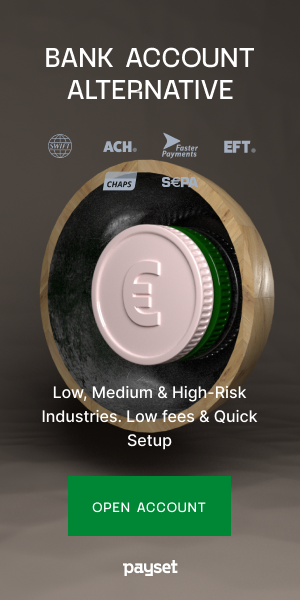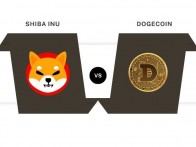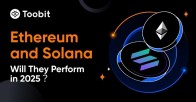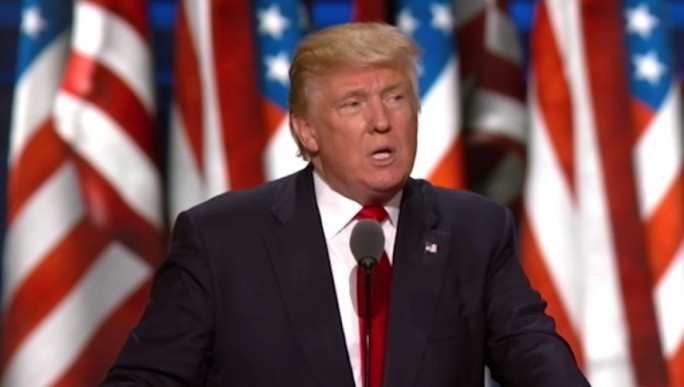
Fractionalized NFTs: A New Way to Own Non-Fungibles and Cryptocollectibles
Sep 9, 2021, 12:58PM by Mike Dalton
by Mike Dalton
Fractionalized NFTs provide a new way to invest in cryptocollectibles. Here's what you should know.
Non-fungible tokens, often called NFTs for short, came to prominence this year as a novel blockchain investment. Now, there is a new type of non-fungible token on the market called fractionalized NFTs. Here's how they work.
What Are NFTs?
NFTs are collectible blockchain tokens. Similar to cryptocurrencies, NFTs are created on a blockchain and transferred between wallets via blockchain transactions.
Unlike Bitcoin and other cryptocurrencies, NFTs are not interchangeable and are not denominated. Instead, each NFT is entirely unique or exists in a limited quantity.
The NFT trend was popularized in 2017 by CryptoKitties. Since then, several other popular lines of NFTs have emerged, including CryptoPunks and Bored Ape Yacht Club. Meanwhile, celebrities such as Paris Hilton and Lindsay Lohan have created NFTs. Sports agencies like the NBA and MLB have even used NFTs to create collectibles.
Recently, the NFT marketplace hit an all-time high in terms of volume. More than $2.5 billion of NFTs were traded in Q2 2021, up from $13.7 million in the first half of 2020.
What Are Fractionalized NFTs?
Fractionalized NFTs provide a new way to invest in NFTs by splitting ownership. Initially, a standard NFT is deposited into a blockchain address that is secured with a smart contract. Then, investors are able to buy partial ownership of the NFT.
There are several benefits to this approach. First, it makes NFT investment more affordable. Some NFTs sell for thousands or millions of dollars. Those high prices mean that NFTs are often bought by wealthy individuals and companies, making those NFTs too expensive for smaller investors to afford. Fractionalized NFTs solve the problem by reducing token prices, often below $100 or even below $1.
This approach also has benefits for artists, who may not be able to put a high price on their NFT if there is insufficient demand for it. Fractionalizing an NFT can allow artists to earn revenue from their work incrementally without losing money overall.
It should also be noted that fractionalized NFTs may allow for standard NFT ownership. A single wealthy investor can purchase 100% of the fractionalized NFT in some cases.
Which NFTs Have Been Fractionalized?
Several high-profile NFTs have attracted attention for undergoing fractionalization. Most notably, a Dogecoin NFT that sold for $4 million in June has been split into pieces valued below $1 by its owner, Pleasrdao, allowing small investors to take part.
Musical artist Grimes’ “Newborn” NFTs have also been fractionalized. The company that owns the NFTs, Otis, split up the NFT into $10 tokens in July to attract buyers. CryptoPunk #543, noted for being one of the oldest NFTs on Ethereum, has also been fractionalized by Otis. Valued at $51,000 it is being sold at $1 per share.
Early NFTs from the digital artist Beeple have been fractionalized as well. An investor who goes by Metakovan purchased a collection of 20 Beeple works for $2.2 million and split the art collectibles up into tokens initially priced below $1.
What Are the Legal Implications?
Fractionalized NFTs likely have a different legal status than standard NFTs. According to SEC Commissioner Hester Peirce, NFTs by default are unique, which means they are unlikely to be classified as a security and subject to regulations.
However, fractionalized NFTs are interchangeable and therefore more similar to stocks, cryptocurrencies, and other assets that are classified as securities.
“People are being very creative in the types of NFTs they're putting out there...you [should] be careful that you're not creating something that's an investment product, that's a security,” Peirce is quoted as saying by Business Insider.
Since most transactions occur anonymously, it is unlikely that individuals will run into issues if they buy or sell fractionalized NFTs. However, regulations could pose an obstacle for companies that want to work with fractionalized NFTs on a larger scale.
What Is the Future of Fractionalized NFTs?
A number of cryptocurrency trading platforms have already built a business plan around fractionalized NFTs, including Fractional.art, Otis, Uncly, and Daofi.
It remains to be seen whether the new sales format will become popular with investors. Though affordability may attract buyers, fractionalized NFTs will face issues such as Ethereum’s high transaction fees, an issue that is relatively smaller for high-value NFTs.
Furthermore, these NFTs will need to compete with mass-market NFTs, which are similarly affordable because they exist in large quantities. NFTs do not need to be strictly unique; they can be produced in limited runs even without fractionalization.
Nevertheless, fractionalized NFTs seem to appeal to some investors already, meaning that the trend will likely stay relevant in the near future.
Disclaimer: information contained herein is provided without considering your personal circumstances, therefore should not be construed as financial advice, investment recommendation or an offer of, or solicitation for, any transactions in cryptocurrencies.

















